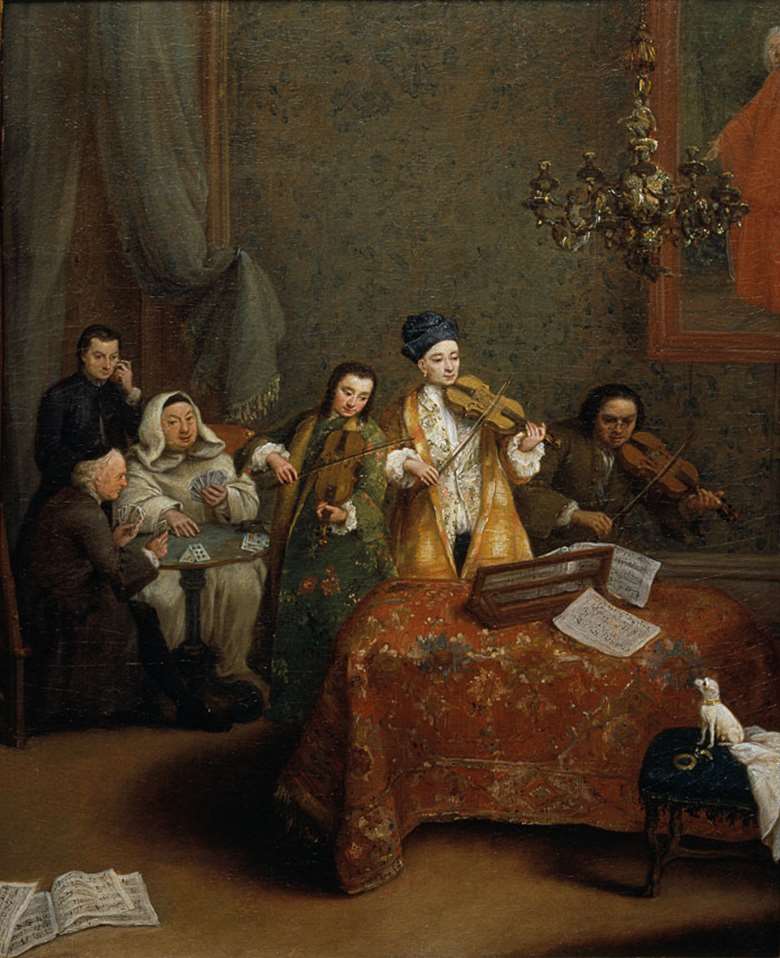What is a Divertimento?
David Threasher
Wednesday, September 5, 2018
David Threasher charts the evolution of the form, from light entertainment to irony

A divertimento should do exactly that – divert and entertain. It is a description that applies less to the form of the work than to its content: nothing too demanding. Chiefly a term used in the later 18th century, it could describe a single-movement work or one that compiled a string of genteel dances into an extended suite. It could be for a soloist, a duo, a chamber group or a small orchestra. It’s a curiously general term, excusing a multitude of sins, as opposed to the evening-time entertainment of the serenade or the street-based activities of the cassation.
There are examples by the likes of Boccherini, Leopold Mozart and Stamitz, which fall gently on the ear without challenging the mind. Haydn applied the word to keyboard pieces and early string quartets; Mozart used the term in a number of contexts, including the three ‘Salzburg Symphonies’, K136-138, bustling three-movement works for string orchestra, and the pair of works for the name day of the Countess Lodron, K247 and 287, with two horns added to the strings. A Musical Joke is also designated a divertimento, Mozart gently poking fun at the quality of some amateur performances of this sort of music.
Of course, it was Mozart himself who went and upset the applecart. The Divertimento in E flat for string trio, K563, of 1788, the same year as his final three symphonies, lasting around three quarters of an hour and falling into six movements, is anything but light. It is weighted towards the opening movements, a large-scale sonata allegro and a sumptuous Adagio in A flat. The Andante, placed between a pair of minuets, embraces dark tonalities and tortured chromaticism. It is Mozart’s only complete work for string trio and profoundly influenced Beethoven and Schubert.
The divertimento lay low throughout the oh-so-serious 19th century. Its comeback in the 20th was perhaps more ironic than a bid to reclaim the spirit of light-hearted Enlightenment entertainment. Stravinsky’s Divertimento is a sequence of orchestral extracts from his ballet The Fairy’s Kiss, most often heard now in the composer’s violin-and-piano transcription. Bartók’s Divertimento was composed as Europe teetered on the brink of war. Tippett’s Divertimento on Sellinger’s Round grew from a composite work written for the Queen’s Coronation in 1953. And Bernstein’s Divertimento is a sequence of dances for large orchestra, composed for the Boston Symphony with tongue firmly in cheek.
Listen to our Divertimento playlist on Qobuz
This article originally appeared in the August 2018 issue of Gramophone. To explore our latest subscription offers, please visit: gramophone.co.uk/subscribe








